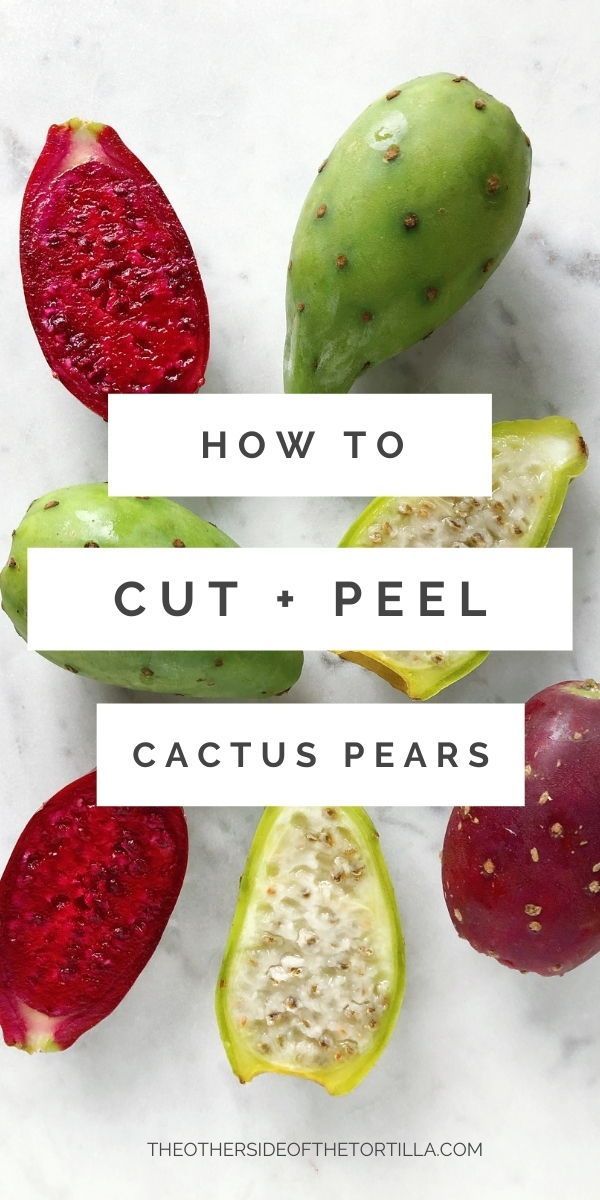Cactus pears, or prickly pears, are more than just an exotic fruit; they are a delightful culinary experience that sparks curiosity and captures the adventurous spirit of food enthusiasts. Often overlooked in the realm of fruit, these tantalizing gems of the desert possess a unique flavor profile and an abundance of nutrients. In this article, we will delve into how to properly eat a green cactus pear—without the prickles, of course—exploring the allure behind this vibrant fruit and the steps necessary to enjoy it fully.
Understanding the Cactus Pear
The cactus pear, originating from the Opuntia cactus, is visually striking with its vibrant green exterior. This intriguing fruit grows in warm climates and is celebrated for its mildly sweet, almost-watermelon flavor. What makes the cactus pear particularly fascinating is its cultural significance, having been a staple in Indigenous diets for centuries. Beyond their delightful taste, cactus pears are rich in vitamins, minerals, and antioxidants, making them a compelling addition to a healthy diet. As we navigate through the edible parts and preparation methods, one cannot help but appreciate the deeper cultural conversations surrounding this prickly yet inviting fruit.
Identifying the Perfect Cactus Pear
Before indulging in this succulent treat, the first step is to select the right cactus pear. Look for fruits that are firm to the touch and have a vibrant green hue, indicating ripeness. Avoid varieties that show signs of softness or blemishes, as these may be overripe or spoiled. The skin should be free of large scars or discolorations, which can indicate past infestations or poor handling. The experience of selecting a cactus pear can evoke feelings of anticipation, akin to choosing a fine wine or piece of artisanal chocolate.
Preparing for Consumption
Equipped with your chosen cactus pear, it’s time to prepare it for consumption. The exterior is adorned with tiny glochids—small, hair-like spines that can easily prick the skin. To avoid such a mishap, it is crucial to approach the fruit equipped with the right tools and techniques.
First and foremost, use a clean, sharp knife. Hold the cactus pear with a paper towel or glove to provide a protective barrier against the spines. Cut off both ends of the pear to create a flat surface, making it more stable on the cutting board. From here, slice down the sides of the fruit, removing the skin in long strips, akin to peeling a banana. It is advisable to ensure that all remnants of the skin and glochids are removed, as they can detract from the overall enjoyment. Once you have stripped away the skin, the inner pulp is revealed—gloriously vibrant and begging to be savored.
Enjoying the Flesh of the Cactus Pear
The flesh of the cactus pear is a delightful fusion of juiciness and flavor. To fully appreciate its taste, consider slicing the pulp into bite-sized pieces. The seeds embedded within add an interesting crunch but can be somewhat tough, so they may be spat out while enjoying the fruit. Incorporating the cactus pear into salads or salsas can enhance its appeal. The vibrant green color not only adds aesthetic value but also complements a variety of dishes. For those who prefer a more straightforward approach, the cactus pear can be enjoyed fresh, straight from the skin-less fruit.
Culinary Uses Beyond the Fresh Fruit
The culinary applications of cactus pears extend far beyond mere snacking. The sweet, mildly tangy flavor can be transformed into various recipes, including jams, jellies, and syrups. These recipes can elevate cocktails, lend a unique flavor to sauces, or even contribute to delectable desserts. For example, a prickly pear margarita can effortlessly celebrate the unique flavor profile, proving that this versatile fruit transcends its daunting exterior. The fascination with cactus pears lies not only in the enjoyment of eating them but also in the creativity they inspire in kitchens worldwide.
Nutritional Benefits of Cactus Pears
Savoring cactus pears comes with an added bonus—their nutritional benefits. Rich in Vitamin C, dietary fiber, and antioxidants, they promote digestive health and immune function. The low calorie count of cactus pears makes them a guilt-free option for those seeking a healthy lifestyle. Studies have even suggested potential anti-inflammatory properties, which can enhance overall wellness. This intersection of taste and health encapsulates the intrigue surrounding cactus pears as they emerge as a superfood in the contemporary culinary scene.
Conclusion: A Culinary Adventure Awaits
In the quest to eat a green cactus pear, one must not overlook the journey it offers—from the careful selection and preparation to the detailed enjoyment of its unique flavor. Beyond the initial intrigue lies a world of culinary creativity and nutritional value that captivates both the palate and the mind. Embracing such exotic fruits can foster a broader appreciation for diverse cuisines and cultural practices, enriching every culinary encounter. So the next time you find yourself face-to-face with a cactus pear, you’ll not only know how to extract its sweet essence but also rest assured that the adventure of discovery has only just begun.





Leave a Comment